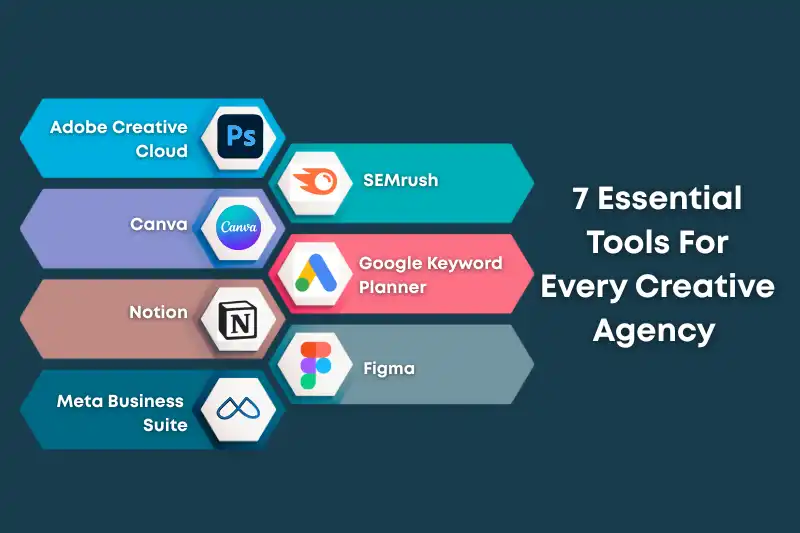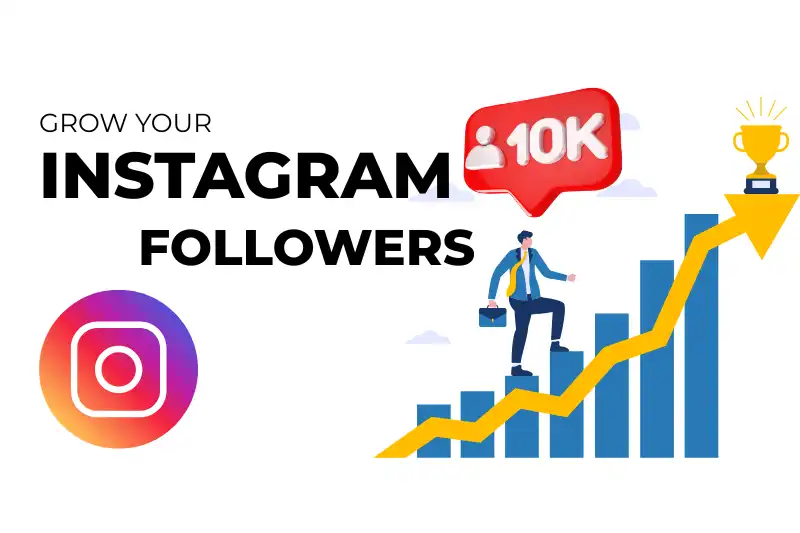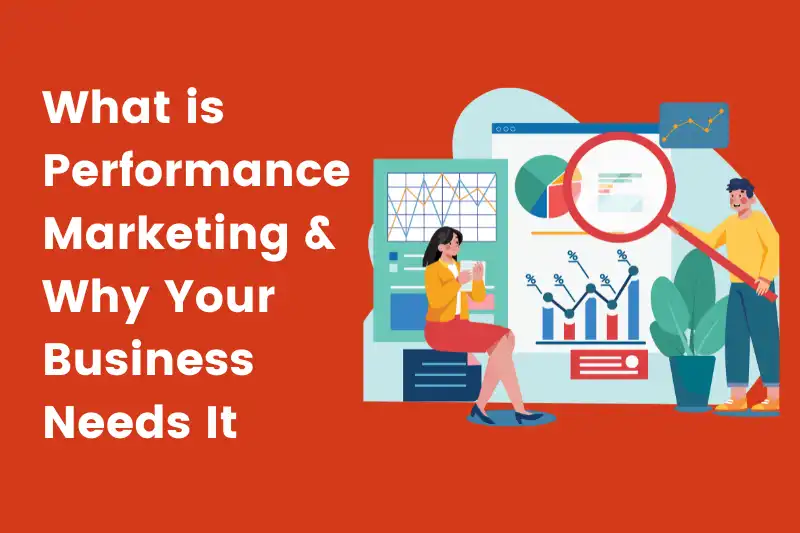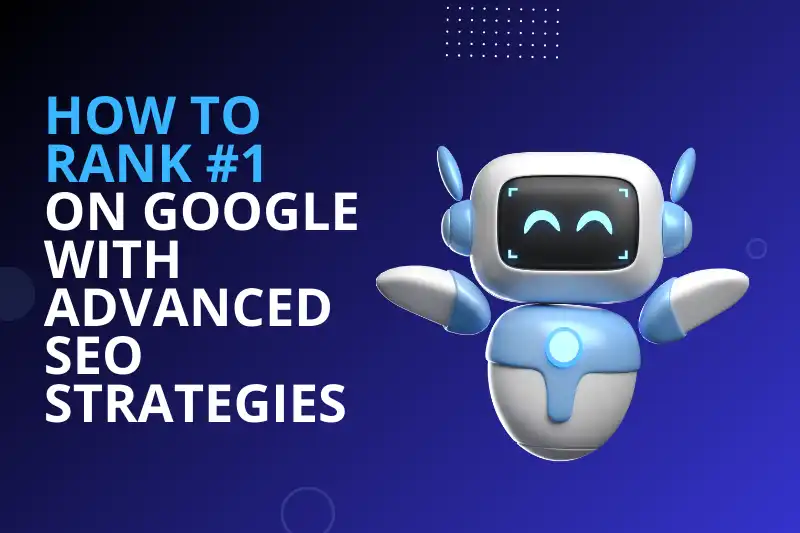In the diversified society of internet retail, a long process of a sustainable increase in growth can happen only when this approach contains much more than a financial activity.
To flourish in such a cutthroat world, electronic commerce departments or firms will want to apply new and creative strategies that will cover customer acquisition, retention and revenue optimization.
In this guide, we explore in-depth, ripe strategies and tactical advice that you can apply to drive the growth of your e-commerce business to sky heights.
It is necessary to delve deep into the e-commerce landscape.
Overview of the current state of e-commerce: market size figure growth trends, and newly emergent opportunities.
Overcoming e-commerce business obstacles that exist, include competition, altering customer behavior and technology innovations.
Importance of adopting a growth mindset: try to utilize the diversity, playfulness, flexibility and constant improvement.
Also Read-How to Get Your Website to Rank Higher on Google?
Customer Acquisitions Strategies
Search Engine Optimization (SEO) for E-commerce:
Strategies to use for the product pages and category descriptions to help them get ranked in the search engines.
For better visibility, make use of long-tailed keywords and user-generated content as strategies.
Why mobile optimizations and fast site speeds are tools for SEO success.
Paid Advertising:
Judicious application of Google Ads, Facebook Ads, and other paid advertising channels for customer acquisition that hits the bull’s-eye.
Strategies for improving ad campaigns, segmenting the target audience, submission of creatives for testing, and bid management.
Retargeting methods to draw the attention of interested users who have stopped their desire purchasing.
Customer Retaining Methods
Email Marketing:
Forming email lists in segments and writing unique emails for subscribers.
Strategies like a cart recovery from abandoning it, winning customers back and post-purchase aftercare.
By adapting to automation and technology to simplify employees' email inbox and boost productivity.
Loyalty Programs and Customer Engagement:
Creating payback programs to attract customers for a repeat purchase and foster brand loyalty.
Social media offers a variety of opportunities such as user-generated content and community-building initiatives to improve the level at which customers engage.
Importance of staying customer-centric and delivering exceptional service with kind interactions that will form the core of memorable experiences.
Must Read- How to Choose a Digital Marketing Agency?
Revenue Optimization Strategies
Conversion Rate Optimization (CRO):
Doing audits of your website to find out where the problem spots are located as well as the barriers to conversion.
An A/B strategy for improving the layout of product pages, checkout flows, and action buttons such as price ones.
The promotion of persuasive language and integrated persuasive design elements to attract more visitors with the objective of boosting conversions.
Upselling and Cross-selling:
Strategies for suggesting substitutes or related products or offering to upgrade to higher priced options.
It is possible through AI to practice using data analysis and segmenting customers for specific product recommendations.
The reconciliation of the profit aim and real value bringing to clients.
Conclusion:
With the fast development of the online market, the long-term strategy depends highly on the managers' readiness to respond to market fluctuations and changing demands of customers.
A systematic approach is to ensure customer acquisition, their retention, and revenue optimization that results in the delivery of e-commerce business’ full potential and its capability to have sustainable growth in the digital era.
Innovate where it matters, let the data-driven insights lead the way, and realize that the customer should always be the top priority in order to stay ahead as well as to survive the current competitive business scenario.










